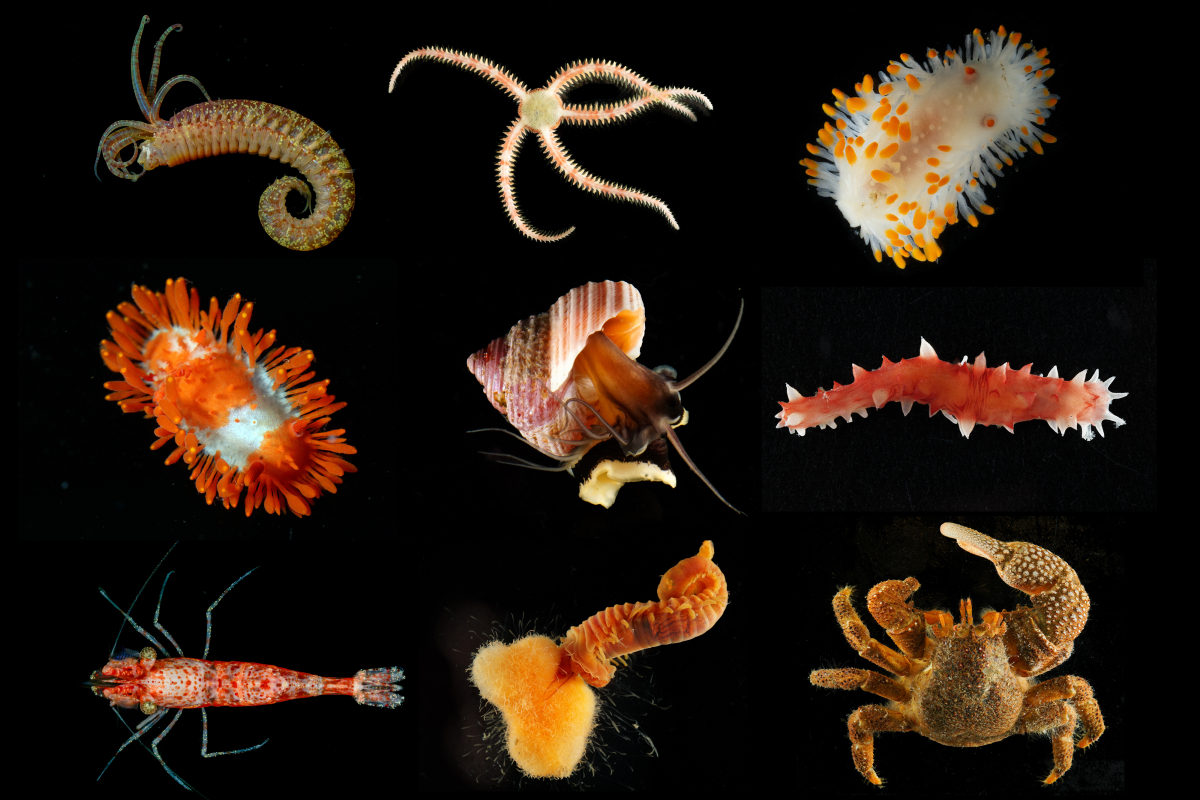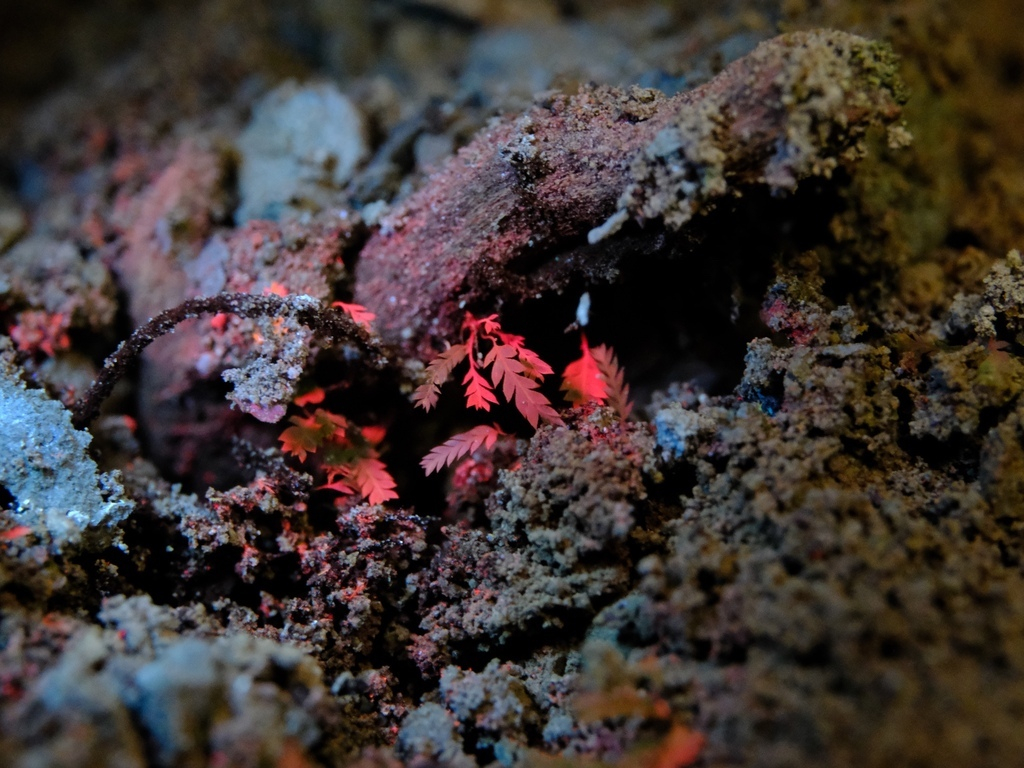Support strong Canadian climate journalism for 2025
Quadra Island has been swarming with scientists the last three weeks.
Upwards of two dozen experts from across North America and scores of university students descended on the small island sandwiched between Vancouver Island and the B.C. Mainland for a frenzied effort to discover, record, photograph, collect and document as many species as possible in a short window of time.
The marathon race to survey the rich biodiversity — and ideally discover new or surprising animals, plants, mosses, insects, seaweed, marine worms and even microscopic creatures — residing in lakes, forests, beaches and ocean waters is all part of the 2024 BioBlitz put on by the Hakai Institute, a B.C.-wide coastal research organization with a scientific station based on Quadra.
“A BioBlitz is important because I don’t think most people realize how little we actually know about the biodiversity of most regions,” said Matt Lemay, one of the event’s organizers and a marine DNA specialist.
Science has a broad understanding of where and what kind of animals may live in specific regions, but there are big benefits in gathering a collective of experts to take a deeper dive at what might really be happening on the ground, Lemay said.

Significant scientific gaps also exist around smaller, understudied species or important microscopic life forms that may require specialists, microscopes and advanced technology or facilities to rapidly identify what’s on hand in a particular habitat, he added.
Past scientific estimates suggest as many as 8.7 million species exist on the planet, but only around 15 per cent have been identified. Scientists believe this is likely a hugely conservative number, especially concerning insects and fungi and microscopic single-cell organisms and bacteria, which could boost the numbers into the trillions.
“Larger creatures like birds and mammals are really well studied, but when you get to small marine invertebrates, there's a lot that we don't know,” Lemay said.
“We’ve run a few of these events now. Consistently, new species to science are discovered or species that weren't known to live in these particular areas.”
During the 2018 BioBlitz at the Hakai Station on Calvert Island on B.C.’s remote central coast, scientists discovered a handful of rare lichens, one threatened with extinction in Canada while the other finds proved the lichens’ habitat range extended farther north in B.C. than previously observed, Lemay said.
Over 1,000 different terrestrial species, the focus of the first week of the blitz, have already been catalogued and likely another 1,000 will be identified when marine and intertidal surveys of the past two weeks are complete, he said.
“We identified 200 types of seaweed alone already.
“While no brand spanking new species has been discovered as of yet, there have been some exciting and surprising finds.”
A fire-orange but rather worse for wear Humboldt squid — also known as the red devil or jumbo flying squid — which prefers warm tropical waters and rarely strays north of California — was found on the first day of the blitz lolling around the shallows of Quathiaski Cove, the site of the island’s ferry terminal and public wharf.
The tentacled giant, which can exceed two metres in length and leap from the water to avoid predators, doesn’t frequent B.C.’s typically frigid waters.
However, given this year’s record-breaking ocean temperatures and the fact it’s an El Niño where warmer currents move north, it’s a rare opportunity to see a Humboldt on the West Coast, Lemay said. However, that may change in the future as climate change and ocean warming continues, he added.
Another super cool and unexpected find was a magical moss called Goblin gold or Schistostega pennata, Lemay said.
A biologist spent much of the week crawling under damp rock overhangs and holes under large fallen trees to find the reclusive moss that emits a yellow-green glow in reflected light and a supernatural purple under ultraviolet light.

All specimens of interest found during the blitz are photographed and uploaded to iNaturalist, a free public app and online site that catalogues the species and locations of flora and fauna throughout the world. The finds are documented by experts and citizen scientists alike to educate people about biodiversity but also archive a vast collection of data, Lemay said.
Samples are also brought back to the lab, where DNA samples are taken and creatures are measured, photographed and logged with many becoming physical specimens for part of collections at participating museums like the BC Royal Museum, the Beaty Biodiversity Museum at the University of British Columbia and the Natural History Museum of Los Angeles County.
Another unique aspect of the Hakai BioBlitz is that DNA sequences from collected species are generated and then uploaded to another free public database called the Barcode of Life, Lemay noted.
“That genetic component is really important,” he said
“We’ve found with our marine work that 20 per cent of the specimens that we sequence had never been sequenced before.
“We're really trying to create these permanent and public tools that can be used to help everyone better understand biodiversity.”
Rochelle Baker / Local Journalism Initiative / Canada’s National Observer






Comments